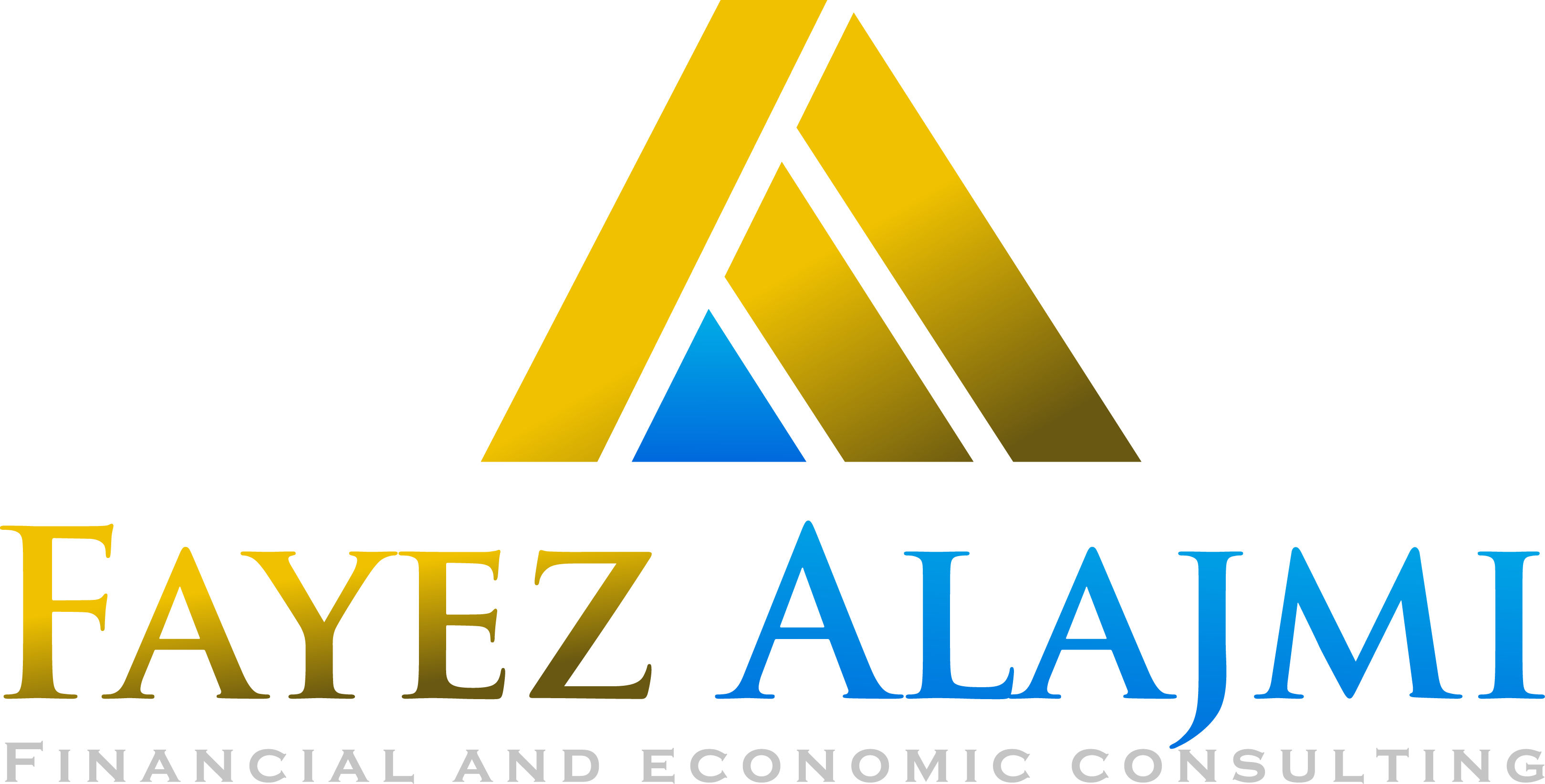The Reserve Bank of Australia, in its meeting two weeks ago, issued in the Asian session today, Tuesday, March 15 (March), showed more uncertainty about the outlook after the Russian invasion of Ukraine, and indicated that this invasion will lead to a decline in growth and higher inflation due to the disruptions in energy supplies and high prices.
With regard to the local economy, the economy has been resilient in the recent period, as the unemployment rate remained at its lowest level in 14 years in January, and wage levels rebounded to nearly the pre-pandemic rate, as the wage price index rose by 0.7% in the fourth quarter of last year.
The bank’s expectations of inflation rose in the short term, while it did not change in the long term. Expectations about tightening monetary policy increased, as the markets implicitly price that interest rates will begin to rise with the middle of the year, reaching about 1% by the end of the year and about 2% by the end of the year 2023.
The minutes in their entirety showed the bank’s concerns against rising inflation due to the Russian-Ukrainian war, but it still adhered to its opinion before starting to raise interest rates and monitor developments in the situation and inflation, which is now estimated to have risen to 5% during the current year, compared to 3.5% in previous estimates.
The Australian dollar is trading at 0.7190 levels against the US dollar, recording declines for the second consecutive session, affected by the decline in global commodity prices.

 15 March، 2022
15 March، 2022
 ابحاث السوق
ابحاث السوق
 Views
: 632
Views
: 632
